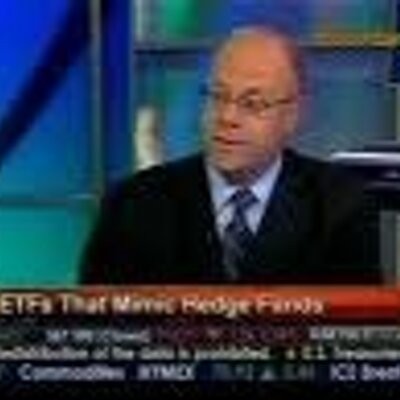Strategy Based ETFs to Consider in 2015 (VALX QAI HDG MCRO WDTI ALFA GURU)
Post on: 30 Апрель, 2015 No Comment

ETF offering continue to expand with new types of funds coming available to investors. A small but growing niche is strategy-based ETFs. These ETFs attempt to replicate investment strategies of guru investors, hedge funds and smart money. This is accomplished in various ways, based on the ETF’s trading methodology. Some strategy-based ETFs have researched the strategies of successful investors, such as Warren Buffett. and incorporated his practices into their trading approach. Other ETFs track publicly disclosed stock purchases by major hedge funds, attempting to replicate the return of the funds. Another strategy-based ETF group is managed futures. These ETFs invest in futures products in an effort to profit in up, down or sideways markets.
The charts below reflect percentage performance, relative to an index benchmark or competing ETFs.
The Validea Market Legends ETF (VALX ) is one of the newest members to the strategy-based ETF family. It began trading on December 10, 2014. The fund invests in equity securities, using strategy models derived from research on guru investment practices. According to the fund’s fact sheet the strategies utilize fundamental stock-selection methods outlined by great investors, such as Ben Graham. Warren Buffett, Martin Zweig, John Neff and many others. The fund holds 100 stocks and is rebalanced monthly. It has a 0.79% expense ratio and more than $2.5 million in assets under management. Performance history is minimal for the ETF; since inception it has been tracking the S&P 500 closely though.
The IQ Hedge Multi-Strategy Tracker ETF (QAI ) invests in multiple assets attempting to replicate the IQ Hedge Multi-Strategy Index, which tracks the performance of a group of hedge funds. It does this by investing in an assortment of other ETFs. In essence, the ETF gives investors exposure to various ETFs, by investing in one fund. This replicates investing in hedge fund. but with the efficiency of an ETF. Year to date QAI is up 3.21%. Since the ETF invests in multiple assets, there is no specific benchmark to compare it to. The S&P 500 SPDR is up 13.38% over the same time frame, while the iShares S&P GSCI Commodity-Index Trust (GSG ) is down 29.23%. QAI has a 0.75% expense ratio and has been trading since 2009 with more than $900 million in assets under management.
Loading the player.
Competing funds in this space include ProShares Hedge Replication ETF (HDG ) and the IQ Hedge Marco Tracker ETF (MCRO ). Year to date QAI has outperformed these peers, and currently has larger daily volume and more assets and under management.
The WisdomTree Managed Futures Strategy Fund (WDTI ) attempts to profit in rising or falling markets by trading in futures which are not directly correlated to equity or fixed income markets. The fund uses a rule based strategy in an attempt to replicate the Diversified Trends Indicator, which consists of ten commodity sectors and eight financial sectors. Investments could include commodity futures, currency swaps, Treasury futures and currency futures, among others. The fund has an expense ratio of 0.95%, began trading in 2011 and has more than $200 million in assets under management.
While WDTI currently has larger volume and more assets under management, since its October 2014 inception, ProShares Managed Futures Strategy ETF (FUTS) has been outperforming its peers. FUTS has a 0.75% expense ratio, low volume and just over $5 million in assets under management.
AlphaClone Alternative Alpha ETF (ALFA ) represents another breed of strategy-based ETFs. This fund invests directly in stocks which institutional investors and hedge funds have declared significant positions in. The fund looks at which funds and investors can be best cloned, and then attempts to do so. The fund has been operating since mid-2012, has a 0.95% expense ratio and over $80 million in assets under management.
ALFA competes with the Top Guru Holdings Index ETF (GURU ). GURU was also established in 2012, has a 0.75% expense ratio and more than $400 million in assets under management (see: Trade Like a Top Hedge Fund With No Work ). Daily volume is significantly larger in GURU. Over the life span of the ETFs the two funds have performed similarly; GURU led ALFA for much of the last two years, but over the last year ALFA has outperformed. ALFA has performed similarly to the S&P 500 recently.
The Bottom Line
With an expanding field of strategy-based ETFs, investors can choose a methodology or strategy to invest in. These types of ETFs invest in different assets in an attempt to replicate the practices of successful traders and funds. Theory doesn’t always lead to successful application though. Like any investment, there are risks. Methodologies based on past performance may not produce profitable performance in the future, or attempting to replicate a guru’s strategy or a hedge fund’s trades may not result in the same performance as the guru or fund to be replicated. Strategy-based ETFs offer an alternative approach to investing, and could provide diversification benefits to a portfolio. Read the ETFs full prospectus and be aware of the funds risk before investing.














